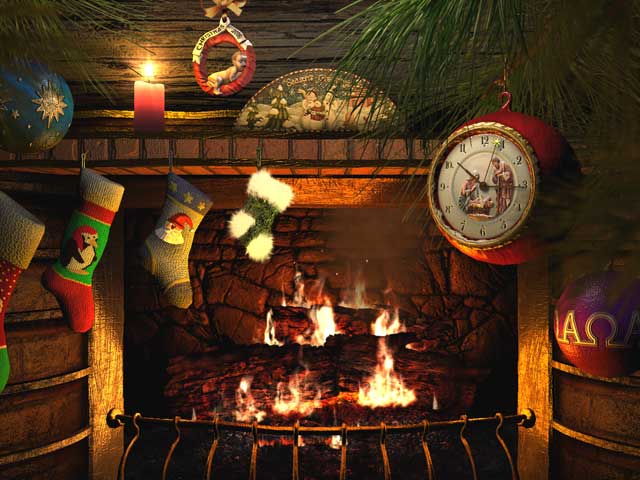"What Does Auld Lang Syne Mean And Why Do We Sing It On New Years Eve?
You’re probably going to go to a New Year’s Eve party tonight and as soon as the clock strikes 12, somebody will inevitably start slurring the tune “Auld Lang Syne” because they heard it in a movie. But people very rarely nail down the correct melody, nor do they know all of the words. And what does “Auld Lang Syne” even mean?
It began as a poem written by Scotland’s Robert Burns in 1788 (with a few of the lyrics cribbed from a James Watson ballad from 1711 called “Old Long Syne”). The tune is a traditional Scottish folk song, and it quickly gained popularity in the U.K. as a song sung at the end of the year as well as at funerals. As Brits emigrated to other parts of the globe, the tradition spread, and took hold in the United States as early as 1896. It didn’t become a popular American staple in this country until band leader Guy Lombardo played the tune during his year-end radio broadcast in 1929.
The title of the tune literally translates to “Old Long Since,” though people readily accept “Long Long Ago” or “In Olden Times” as reasonable transpositions. The first verse goes a little something like this: “Should old acquaintance be forgot, and never brought to mind?/ Should old acquaintance be forgot and days of auld lang syne?/ For auld lang syne my dear/ For auld lang syne/ We’ll take a cup of kindness yet/ For auld lang syne.” That second part is actually the chorus, but it usually just gets treated as another verse.
Republished from The Fire Wire blog
We need a better song for New Years Eve ... I REST MY CASE!!!
You’re probably going to go to a New Year’s Eve party tonight and as soon as the clock strikes 12, somebody will inevitably start slurring the tune “Auld Lang Syne” because they heard it in a movie. But people very rarely nail down the correct melody, nor do they know all of the words. And what does “Auld Lang Syne” even mean?
It began as a poem written by Scotland’s Robert Burns in 1788 (with a few of the lyrics cribbed from a James Watson ballad from 1711 called “Old Long Syne”). The tune is a traditional Scottish folk song, and it quickly gained popularity in the U.K. as a song sung at the end of the year as well as at funerals. As Brits emigrated to other parts of the globe, the tradition spread, and took hold in the United States as early as 1896. It didn’t become a popular American staple in this country until band leader Guy Lombardo played the tune during his year-end radio broadcast in 1929.
The title of the tune literally translates to “Old Long Since,” though people readily accept “Long Long Ago” or “In Olden Times” as reasonable transpositions. The first verse goes a little something like this: “Should old acquaintance be forgot, and never brought to mind?/ Should old acquaintance be forgot and days of auld lang syne?/ For auld lang syne my dear/ For auld lang syne/ We’ll take a cup of kindness yet/ For auld lang syne.” That second part is actually the chorus, but it usually just gets treated as another verse.
Republished from The Fire Wire blog
We need a better song for New Years Eve ... I REST MY CASE!!!





.jpg)




 10:56 AM
10:56 AM
 zimbio
zimbio


































































